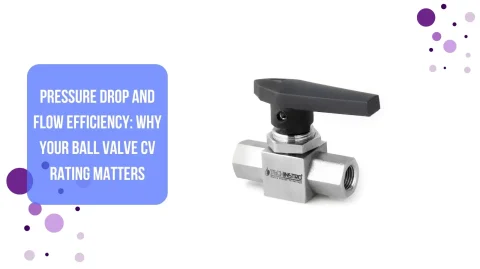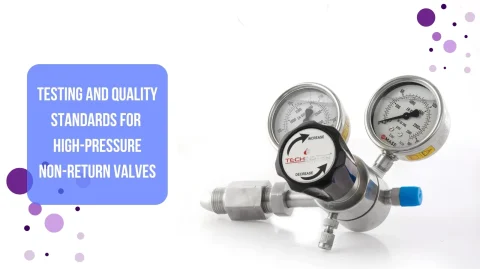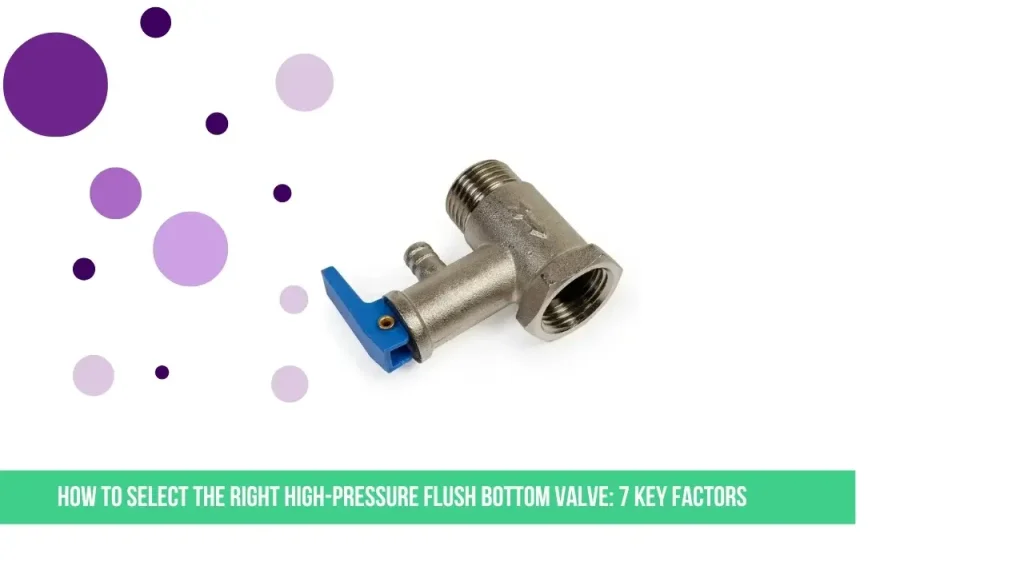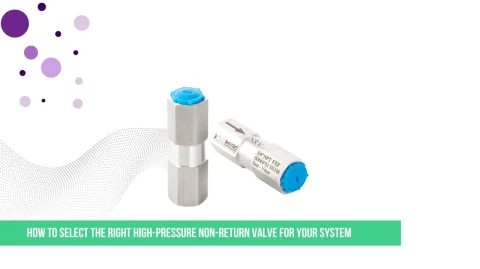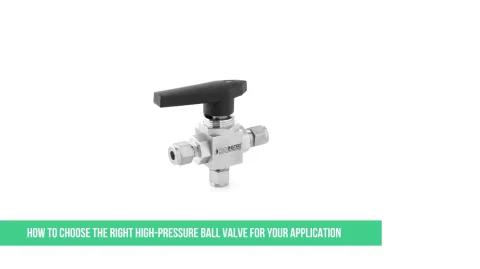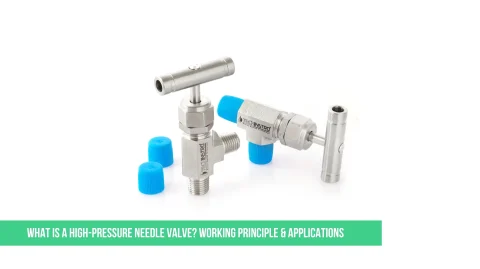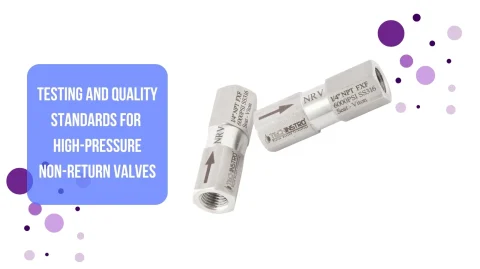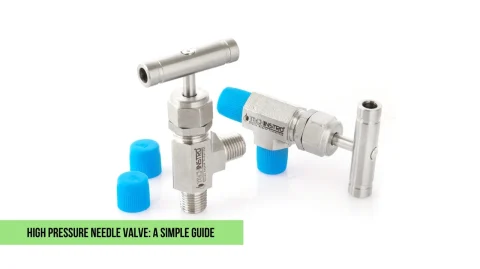In the world of industrial processing, whether in pharmaceuticals, food and beverage, chemicals, or biotechnology, the final step of draining a vessel is critical. This is where the flush bottom valve (also known as a bottom outlet valve or tank bottom valve) comes in. Unlike standard valves mounted on pipes, these valves are installed directly on the bottom of mixing tanks, reactors, and storage vessels.
Their job is vital yet straightforward: to provide a complete, clean, and leak-tight seal that allows for full product discharge without dead legs, where material can accumulate, contaminate, or spoil.
Choosing the wrong valve can lead to product waste, costly cross-contamination, difficult cleaning, and even safety hazards. This is especially true in high-pressure applications where the forces at play are significantly greater.
Buy High-Pressure Flush Bottom Valve:
To guide your selection, here are the seven key factors you must consider.
Pressure Rating (The Most Critical Factor)
This is nonnegotiable. The valve must be rated to handle the maximum pressure inside the vessel, not just the discharge pressure.
Working Pressure: The constant pressure the valve will be subjected to during regular operation.
Peak Pressure/Surge Pressure: Pressure spikes can occur during cleaning (CIP/SIP cycles) or due to process reactions. Your valve must withstand these peaks.
Safety Margin: Always select a valve with a pressure rating (e.g., 150 PSI, 300 PSI) that exceeds your maximum expected pressure. For high-pressure systems, valves rated for ASME 150, 300, or even 600 are standard.
The Bottom Line: The valve’s pressure rating must be higher than the maximum pressure it will ever see. Never underestimate this factor.
Temperature Rating
What is the temperature of the product inside the vessel? What about during cleaning or sterilization? The valve’s materials (body and seal) must maintain their strength and integrity at these temperatures.
Process Temperature: The temperature during mixing or reaction.
CIP/SIP Temperature: Cleaning-in-Place and Sterilization-in-Place often use very hot water or steam (e.g., 121°C / 250°F for SIP), which can be hotter than the process itself.
Material of Construction (Compatibility is Key)
The valve must be compatible with your product (process fluid) and cleaning agents to avoid corrosion, contamination, and failure.
Body Material: Common choices include 316/316L Stainless Steel (most common for corrosion resistance), Hastelloy, Duplex Steel, and exotic alloys for highly corrosive applications.
Seal Material: This is just as important as the body. Options include:
EPDM: Good for steam and water, common for SIP.
Viton (FKM): Excellent chemical resistance.
PTFE (Teflon): Virtually inert, excellent for highly aggressive chemicals.
Silicone: Common in food and pharmaceutical applications.
Valve Actuation: How Will It Be Operated?
How you open and close the valve is crucial for safety, control, and integration.
Manual: Operated by a handwheel or lever. Cost-effective and straightforward for applications that don’t require frequent operation or automation.
Pneumatic: Uses compressed air to actuate. Essential for automated processes, remote operation, and integration into a control system. This is highly recommended for high-pressure applications as it allows for quick and safe operation away from the vessel.
Electric: Uses an electric motor. Used where compressed air is not available and for precise control.
Connection Type
How will the valve connect to your tank and downstream piping? The connection must be as robust as the valve itself to handle the pressure.
Tank Connection: Typically, a welded (most common for high-pressure/high-purity), threaded, or flanged connection. A welded “no gap” connection is best for sterile applications.
Outlet Connection: Flanged (ANSI, DIN, etc.) is standard for high-pressure systems to ensure a strong, leakproof connection to the discharge pipe.
Seal Type and Design
The seal is what contains the pressure. Its design defines the valve’s leak-tight integrity.
Piston Seal: A piston moves up and down, pressing a seal (often PTFE) against the tank outlet. Provides a very tight seal and is common for aseptic applications.
Diaphragm Seal: A flexible diaphragm isolates the mechanism from the product. Excellent for preventing contamination and handling slurries or solids, but may have pressure limitations.
Ball and Seat: Similar to a ball valve design. Robust and suitable for high-pressure and abrasive services.
For the highest-pressure applications, a robust piston or ball design is often preferred.
Process Application and Fluid Characteristics
Finally, consider what’s actually flowing through the valve.
Liquid, Slurry, or Powder? Viscous fluids or solids require a full-bore, obstruction-free design to prevent clogging.
Abrasive or Slurries? These will wear down standard seals quickly. You may need a valve with hardened materials or a specialized seal design.
Aseptic/Sterile Requirement? For pharmaceuticals and biotech, you need a valve with a polished interior (e.g., Ra < 0.8 µm), a clean-in-place (CIP) design, and the ability to be steam-sterilized (SIP). A diaphragm seal valve is often chosen in this case.
Conclusion
Selecting a high-pressure flush bottom valve is a technical decision that impacts the safety, efficiency, and product quality of your process. By systematically evaluating these seven factors Pressure, Temperature, Materials, Actuation, Connections, Seal Design, and Application—you can move beyond guesswork.
When in doubt, always consult with a reputable valve manufacturer or supplier for guidance. Their engineers can provide valuable expertise to ensure you select the correct valve for your specific high-pressure challenge, saving you time, money, and headaches in the long run.
